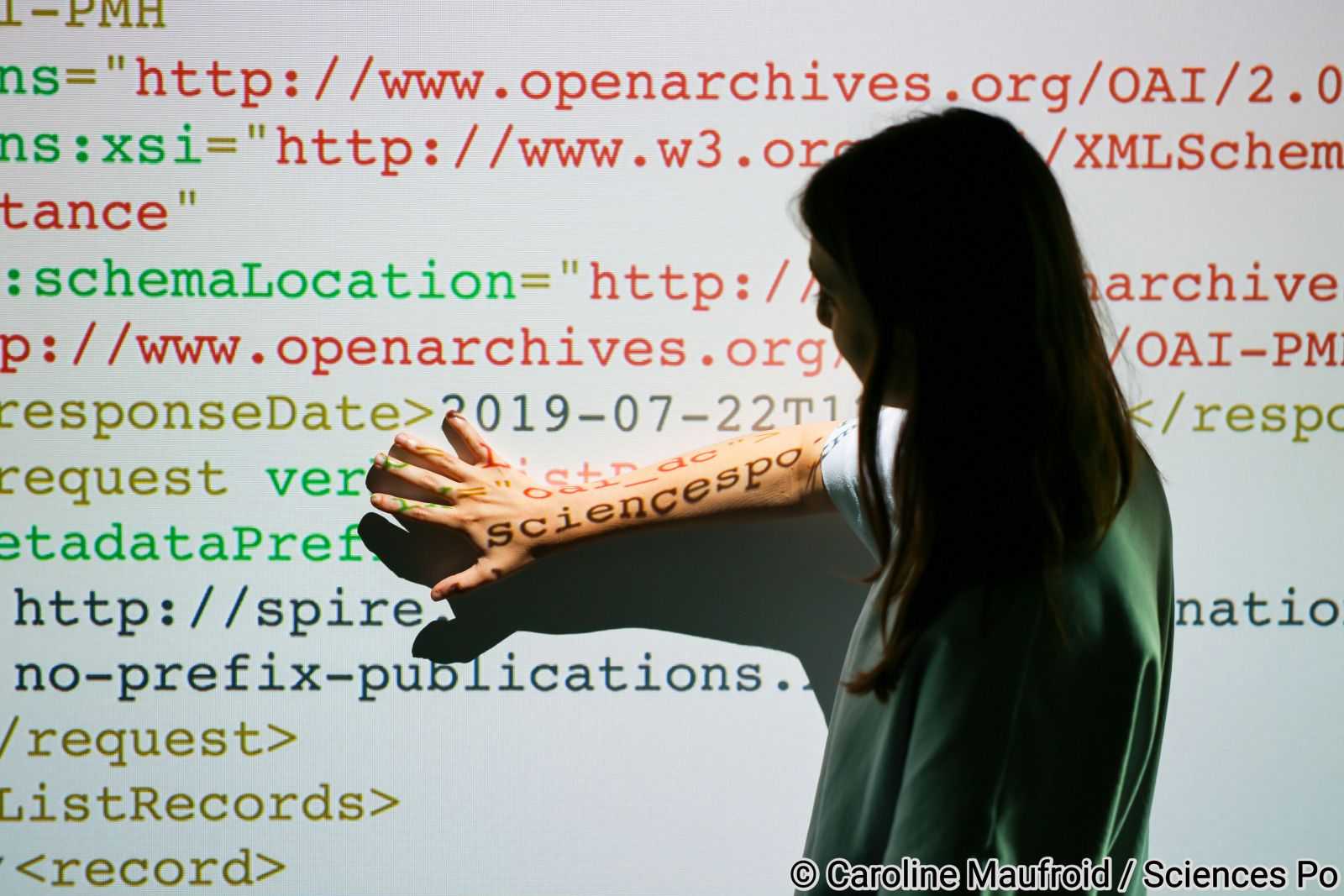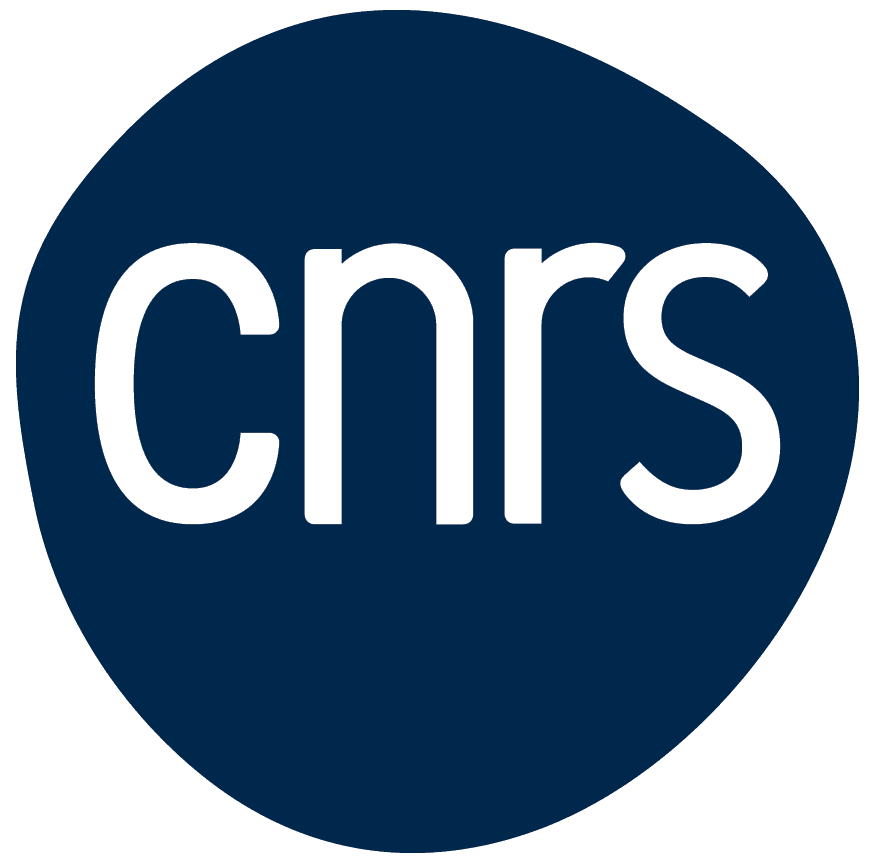Home>Open Science: The 2017 CEVIPOF electoral survey published by the Center for Socio-Political Data (CDSP)

05.11.2024
Open Science: The 2017 CEVIPOF electoral survey published by the Center for Socio-Political Data (CDSP)
Since its creation in 2005, the Center for Socio-Political Data (CDSP) has documented and made available to the academic community many of the CEVIPOF's major surveys, such as the French Electoral Panel, conducted by CEVIPOF from 2002.
In November 2024, the CDSP will publish on its repository, “The Banque de données of the CDSP” the 2017 French Electoral Survey (ENEF) produced by the CEVIPOF, the first in a series of surveys to be published in 2025.
What is ENEF 2017?
ENEF 2017 is a representative Internet panel of voters in mainland France, comprising 10,000 people and 800 first-time registrants, used to analyse electoral behaviour from 2015 to 2017. Participants, divided into 20 waves of surveys, answer online questionnaires designed by researchers. This system tracks changes in opinions about political, social and economic events, from the eve of the 2015 regional elections to the 2017 legislative elections. The data is structured by the CDSP and CEVIPOF according to the FAIR principles (Findable, Accessible, Interoperable, Reusable), ensuring its preservation and future reuse.
Sciences Po's open science policy
Making this data available is part of Sciences Po's ambitious open data policy, in line with the two national plans for open science. Open science is a lever for scientific integrity and fosters public confidence in science. It also makes it possible to create new knowledge using data that has already been collected.
Who can use it? How can I access the data?
The procedure for downloading the data is described here. They are available to the academic community (researchers, students, engineers, etc.) under a CC BY-SA 4.0 license. General conditions of use must be accepted before downloading the data. These conditions commit secondary users to respecting the integrity and citation of data and the anonymity of respondents.
SAVE THE DATE
An event dedicated to electoral data will be organised by the CDSP and the CEVIPOF on 9 December.
*The CDSP repository was awarded the prestigious CoreTrustSeal certification in 2023. Only 6 platforms in France can pride themselves with this certification, and the CDSP is the only one in the field of social sciences using quantitative methods.
